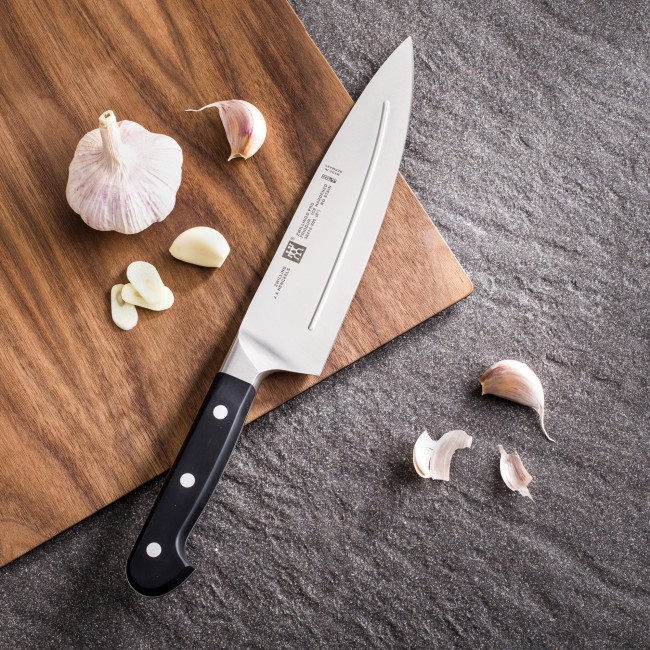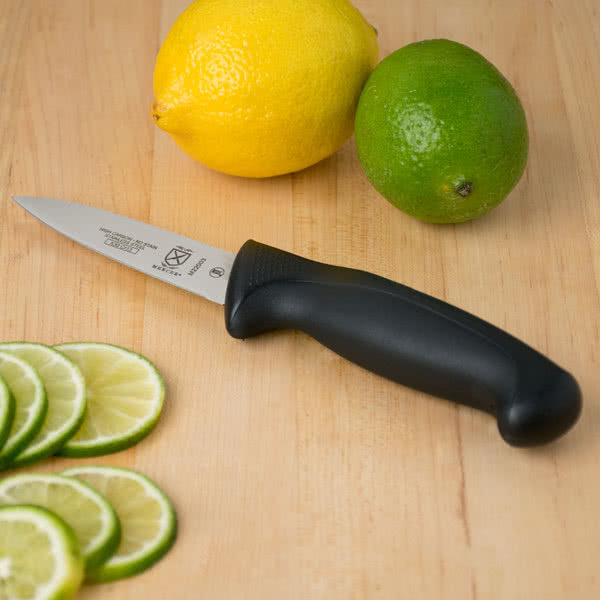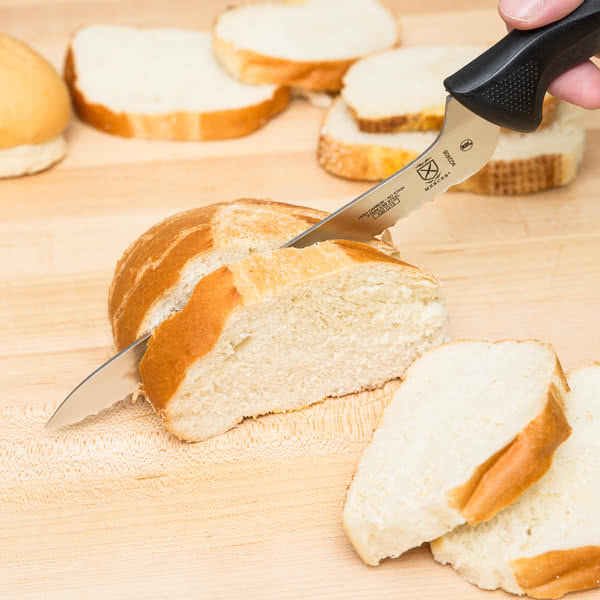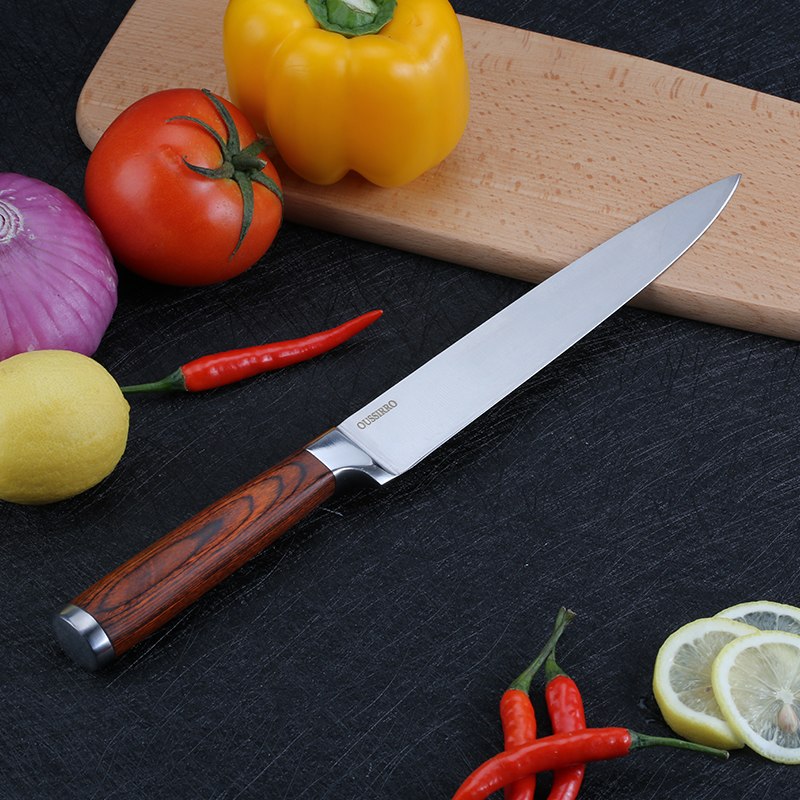
Tips on How to Choose the Right Kitchen Knife for Different Cooking Tasks
Cooking is more than just throwing the ingredients in a pot and stirring them. It is an art in which you need to know how to mix the right ingredients at the right temperature so that you have an out-of-this-world experience. But besides all that, cooking also requires some appropriate pieces of equipment. Focusing on the different kinds of pots and pans, many people disregard the huge importance of cooking knives for an easier and more pleasant cooking experience.
The kitchen knife is certainly the most practical and necessary tool in every kitchen – no dish can be prepared without using the proper one for the purpose. There are plenty of options to choose from, but to be able to choose the right kitchen knife for the task at hand, you need to understand the different types available.
Different knives serve different purposes and using the right one will certainly make cooking easier. For example, if you are cooking on a daily basis, buying a range of professional Japanese Miaby knives is a great idea, otherwise, a chef’s knife and a paring knife will be just fine. So keep in mind your cooking level, skills, and techniques to get the right kitchen knife for your needs.
Chef’s knife – This is a multi-purpose tool that should be found in any kitchen. It can be used for a variety of tasks such as dicing vegetables, cutting meat, slicing herbs, chopping nuts or disjointing some cuts. However, when you need to slice bread, cleave meat bones, or do some smaller tasks such as mincing and peeling, you’re better off with a chef’s knife

Chef’s knife
Paring knife – This one is quite small in size with a precise, sharp and simple blade. It is used for cutting vegetables and herbs, mincing, peeling and dicing. This is a sharp tool, however, it is rather small in size which makes it a bad choice for cutting larger vegetables like pumpkin, slicing bread, or preparing meat.

Paring knife
Utility knife – This type is something between chef’s and paring knife when it comes to its size. It is available in a straight and serrated blade style and it’s perfect for slicing meat, bagels, herbs, and buns. It is also good for cutting sandwiches which is why it is often referred to as a “sandwich knife”. Chopping vegetables and performing other cooking tasks can also be done with it but if you need to slice loaves of bread, then you should definitely get another kind.

Utility knife
Slicing knife – This one has a long but thin blade with an either pointed or round tip. The flexibility of the blade makes it the perfect choice for cutting thinner slices of vegetables, fruits, and roast. Also, it is a good choice for slicing thin cuts of meat, like pork, chicken, fish, beef but it is not ideal for cleaving meat bones or mincing and peeling.

Slicing knife
So, whether you are a professional chef or not, having the right knives for your different cooking tasks is vital. The right tool will help you cook faster and easier while keeping you safe from injuries. Make sure to keep your knives clean and dry as the dirt and moisture can make them rust. And yes – always keep them sharp – a sharp knife is much safer than a dull one. A dull knife requires more force on your part which can easily result in a surprise cut. Last but not least – don’t forget to make sure that your knives are always properly stored.


No Comments